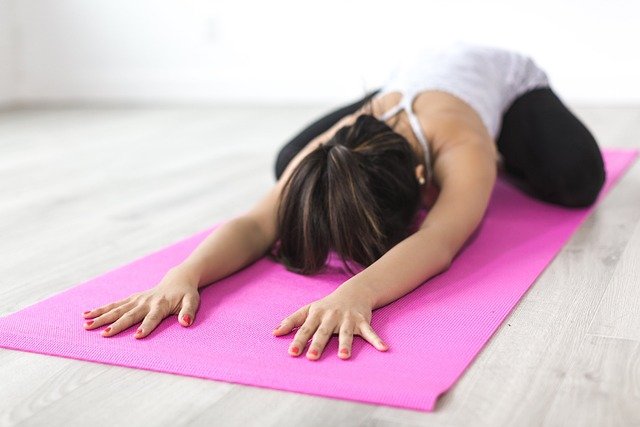Integrating Mobility Workouts with At-Home Skincare
Combining mobility workouts with at-home skincare creates a practical routine that supports both movement and skin health. Thoughtful sequencing—gentle mobility before topical care, mindful hydration, and recovery strategies—can help preserve posture, improve circulation, and support overall resilience without complex equipment or long sessions.

This article is for informational purposes only and should not be considered medical advice. Please consult a qualified healthcare professional for personalized guidance and treatment.
How does mobility improve posture and flexibility?
Mobility work targets joint range and soft-tissue readiness, which directly affects posture and flexibility. Regular mobility sessions help maintain spinal alignment, shoulder and hip mobility, and can reduce compensatory movement patterns that strain skin over bony landmarks. Improved posture also reduces repetitive pulling or creasing of facial and neck skin, indirectly supporting a smoother appearance over time. Short, focused sessions of controlled movement — targeting thoracic rotation, hip flexors, and scapular control — can be integrated daily to support functional flexibility and joint health.
How to pair mobility with skincare and hydration?
Start mobility work with light movement to increase blood flow; a brief 5–10 minute sequence warms tissues and enhances circulation before applying skincare. Hydration matters both internally and topically: drink water around sessions to support recovery, and use humectant-rich products after workouts to lock in moisture. If you sweat, cleanse gently to remove salt and impurities before layering serums or moisturizers. A consistent routine that respects the skin barrier—cleansing, targeted serums, moisturizer, and sunscreen when appropriate—complements mobility sessions without disrupting topical treatments.
Which workouts build strength, endurance, and resilience?
To balance mobility, include low-impact strength and endurance work that supports joint stability and tissue resilience. Bodyweight or resistance-band exercises enhance strength around key joints, while controlled cardio improves cardiovascular endurance and circulation. Incorporating Pilates helps with core control and movement quality, which contributes to posture and muscular balance. Aim for sessions that emphasize slow, controlled loading and progressive challenge to build resilience without overtaxing recovery systems.
What role do nutrition, collagen, and antioxidants play in recovery?
Nutrition supports both skin structure and muscular recovery. Adequate protein and targeted amino acids contribute to collagen synthesis that influences skin firmness and connective-tissue repair. Antioxidants from whole foods help mitigate oxidative stress that can affect both skin and muscle recovery after activity. Prioritize balanced meals with lean proteins, colorful vegetables for antioxidants, healthy fats, and consistent hydration to support recovery processes. Supplements can be considered based on individual needs, but dietary sources should be the foundation of nutrition for recovery and skin health.
How to structure a home routine for mobility, recovery, and skincare?
Create a concise routine that alternates movement quality with restorative care. A morning or evening flow might begin with mobility drills (5–10 minutes), followed by strength or Pilates work (15–25 minutes), a short cooldown, and then a gentle skin cleanse. Post-exercise, apply hydrating serums and a moisturizer to support barrier repair. Schedule dedicated recovery periods—light movement days, sleep prioritization, and hydration—to maintain cumulative benefits. Consistency and gradual progression are more valuable than long, sporadic sessions.
How to include cardio and Pilates safely with mobility work?
Integrate cardio and Pilates by sequencing sessions to respect tissue readiness: perform mobility and warm-ups before cardio or Pilates to reduce injury risk. Low-to-moderate intensity cardio supports circulation without compromising recovery if kept within individual endurance levels. Pilates can be used to refine core strength and movement patterns that complement mobility goals. Monitor fatigue and adjust volume to preserve recovery, and use mobility work as active recovery on higher-intensity days to maintain flexibility and tissue resilience.
In summary, integrating mobility workouts with at-home skincare centers on sequencing, consistency, and balanced recovery. Gentle mobility enhances posture and flexibility, improving movement quality that supports skin health indirectly. Complement movement with hydration, nutrition that supports collagen and antioxidant defense, and a simple skincare routine that respects the skin barrier. Together, these elements form an approachable plan for improving functional movement and maintaining skin wellness over time.





